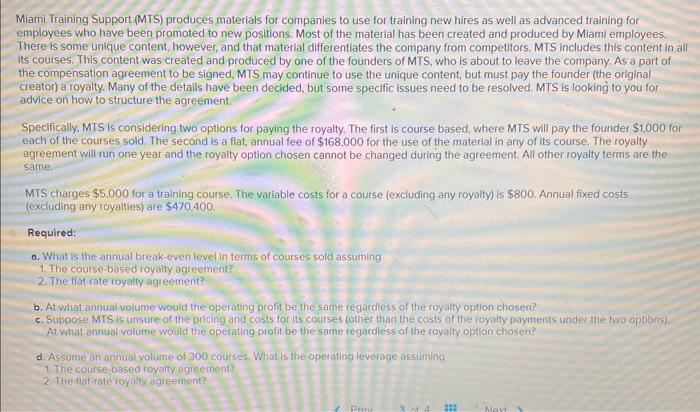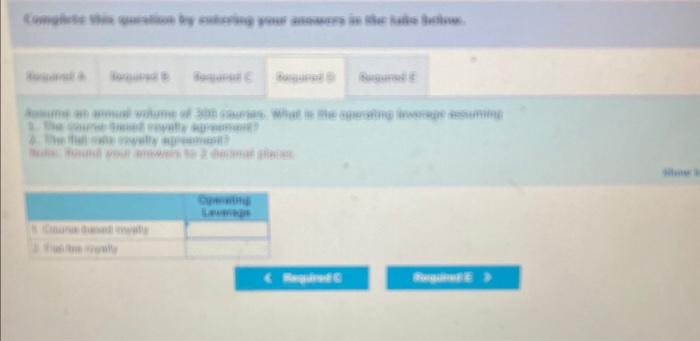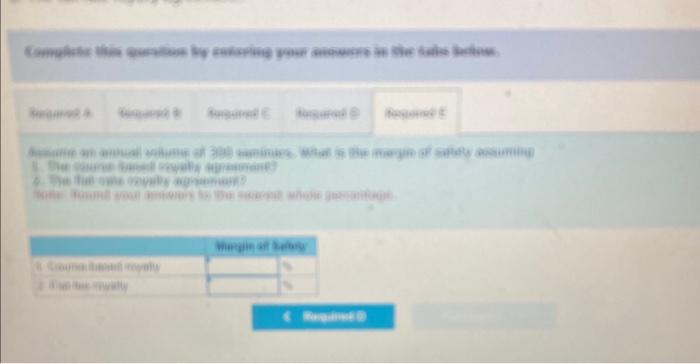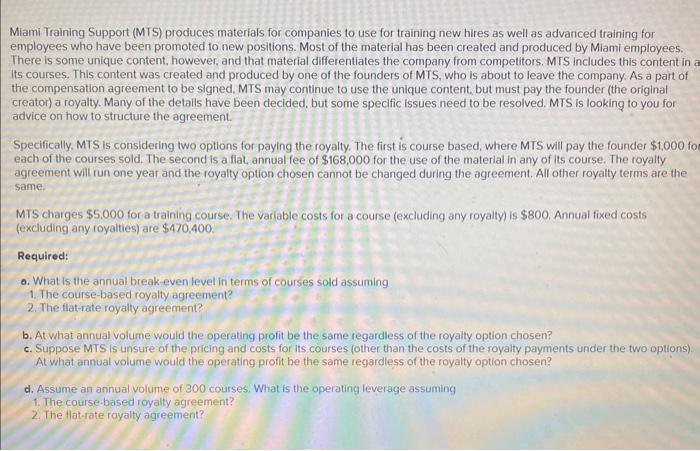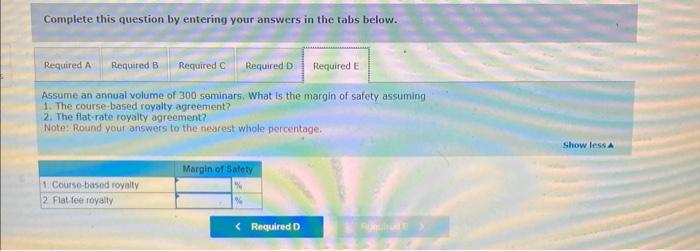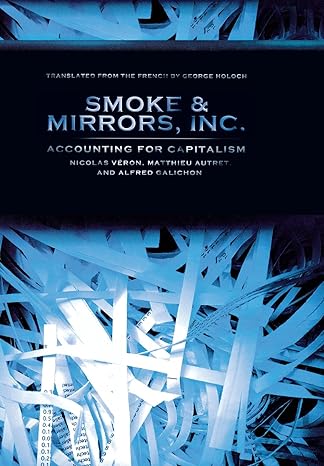Miami Training Support (MTS) produces materials for companles to use for training new hires as well as advanced training for employees who have been promoted to new positions. Most of the material has been created and produced by Miami employees. There is some unique content, however, and that material differentiates the company from competitors. MTS includes this content in all its courses. This content was created and produced by one of the founders of MTS, who is about to leave the company. As a part of the compensation agreement to be signed, MTS may continue to use the unique content, but must pay the founder (the original creator) a royalty. Many of the details have been decided, but some specific issues need to be resolved. MTS is looking to you for advice on how to structure the agreement. Specifically. MTS is considering two options for paying the royalty. The first is course based, where MTS will pay the founder $1,000 for each of the courses sold. The second is a flat, annual fee of $168,000 for the use of the material in any of its course. The royalty agreement will run one year and the royalty option chosen cannot be changed during the agreement. All other royalty terms are the same. MTS charges $5,000 for a training course. The variable costs for a course (excluding any royalty) is $800. Annual fixed costs (excluding any royalties) are $470,400 Required: 0. What is the annual break-even level in terms of courses sold assuming 1. The course-based royalty agreement? 2. The flat-ate royalty agreement? b. At what annual volume would the operating profit be the same regardless of the royalty option chosen? c. Suppose MTS is unsure of the pricing and costs for its courses (other than the costs of the royalty payments under the fwo options). At what annual volume would the operating profit be the same regardless of the royalty aption chosen? d. Assume an annual volume of 300 courses. What is the operating leverage assuming 1. The course based royalty ogreement? 2. The-flat-rate royalty agreement? Miami Training Support (MTS) produces materials for companies to use for training new hires as well as advanced training for employees who have been promoted to new positions. Most of the material has been created and produced by Miami employees. There is some unique content, however, and that material differentiates the company from competitors. MTS includes this content in a its courses. This content was created and produced by one of the founders of MTS, who is about to leave the company. As a part of the compensation agreement to be signed, MTS may continue to use the unique content, but must pay the founder (the original creator) a royalty. Many of the details have been decided, but some specific issues need to be resolved. MTS is looking to you for advice on how to structure the agreement. Specifically. MTS is considering two options for paying the royalty. The first is course based, where MTS will pay the founder $1,000 fo each of the courses sold. The second is a fiat, annual fee of $168,000 for the use of the material in any of its course. The royalty agreement will run one year and the royalty option chosen cannot be changed during the agreement. All other royalty terms are the same. MTS charges $5,000 for a training course. The variable costs for a course (excluding any royalty) is $800, Annual fixed costs (excluding any royalties) are $470,400 Required: a. What is the annual break-even level in terms of courses sold assuming 1. The course-based royalty agreement? 2. The flat-rate royalty agreement? b. At what annual volume would the operating profit be the same regardless of the royalty option chosen? c. Suppose MTS is unsure of the pricing and costs for its courses (other than the costs of the royalty payments under the two options). At what annual volume would the operating profit be the same regardless of the royalty option chosen? d. Assume an annual volume of 300 courses. What is the operating leverage assuming 1. The course based royalty agreement? 2. The flat-fate royalty agreement? Complete this question by entering your answers in the tabs below. Assume an annual voiume of 300 courses. What is the operating leverage assuming 1. The course-based royalty agreerrent? 2. The flat-rate royalty agreement? Note: Round your answers to 2 decimal places. Complete this question by entering your answers in the tabs below. Assume an annual volume of 300 seminars. What is the margin of safety assuming 1. The course based royalty agreement? 2. The flat-rate royalty agreement? Note: Round your answers to the nearest whole percentage
